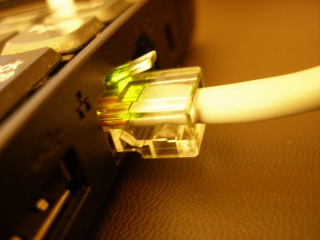User:Mackiwg/Sandbox/Protect Lida101
Maintaining a course blog is a requirement for learners participating in Digital literacies for online learning (LiDA101) for formal academic credit. For those participating in the course purely out of self-interest, we strongly recommend that you also set up a course blog. The benefits are that blog posts are a useful way of reflecting on your learning and a means to network with your peers. It also provides our learning community with a way to see how you are getting on and to help where we can.
You can use an existing blog, or you may wish to create a dedicated course blog. If you are new to blogging, we will show you how to set one up. In addition, this learning pathway provides an opportunity for you to test that you have set up your blog correctly so that we can harvest your posts for the course feed.
Many educational institutions use a single platform for delivering online courses known as a Learning Management System (LMS) or Virtual Learning Environment (VLE). However, the OERu does not use an LMS or VLE for its courses.
An open component based learning environment
At the OERu, learning materials are published on an open website (we use WordPress, an open source content management system). Yes, OERu materials are truly open because you do not require a password to access any of the learning resources used for our courses. Our learner interactions use component tools distributed across the Internet, rather than contained within a single application. For example:- Forum discussions are hosted at forums.oeru.org (we use Discourse an open source community discussion platform)
- The OERu hosts a social networking platform to support learning at mastodon.oeru.org (based on Mastodon, a decentralised and open source alternative to commercial platforms).
- Online web annotations (we use the Hypothes.is service, which is an open source technology that enables users to annotate, collaborate and discuss webpages.)
- An internal microblog engine called WENotes (which stands for WikiEducator Notes) where learners are invited to share ideas and thoughts when prompted in the learning materials.
- A link sharing site hosted at bookmarks.oeru.org where you can share, describe, tag and vote for interesting resources found online in support of your learning.
These distributed interactions are harvested within the aggregated course feed. In this course on digital literacies, you will get the opportunity to develop your skills in using these technologies on your learning journey.
Personal course blogs are a key component of the OERu online learning environment which is called a Personal Learning Environment (PLE).



